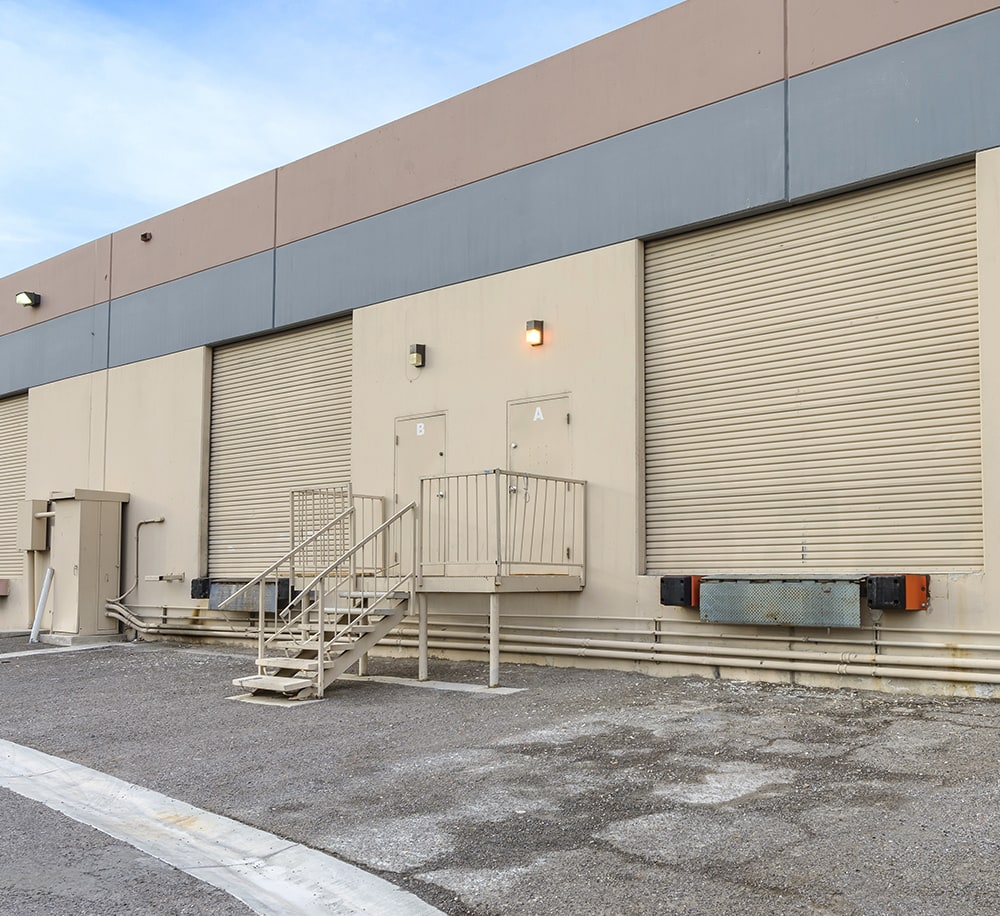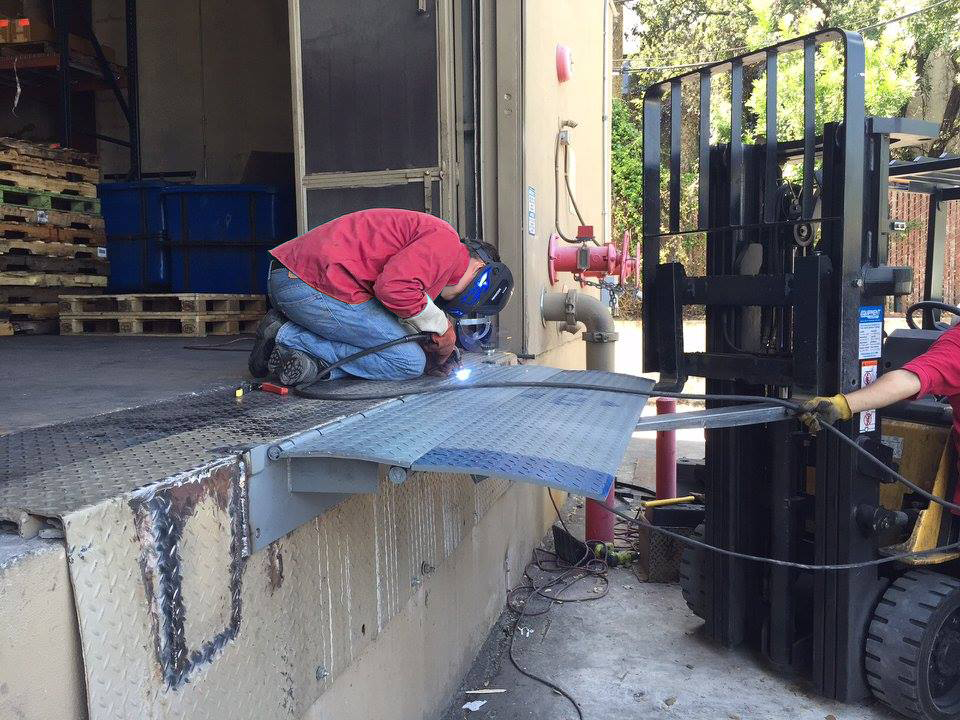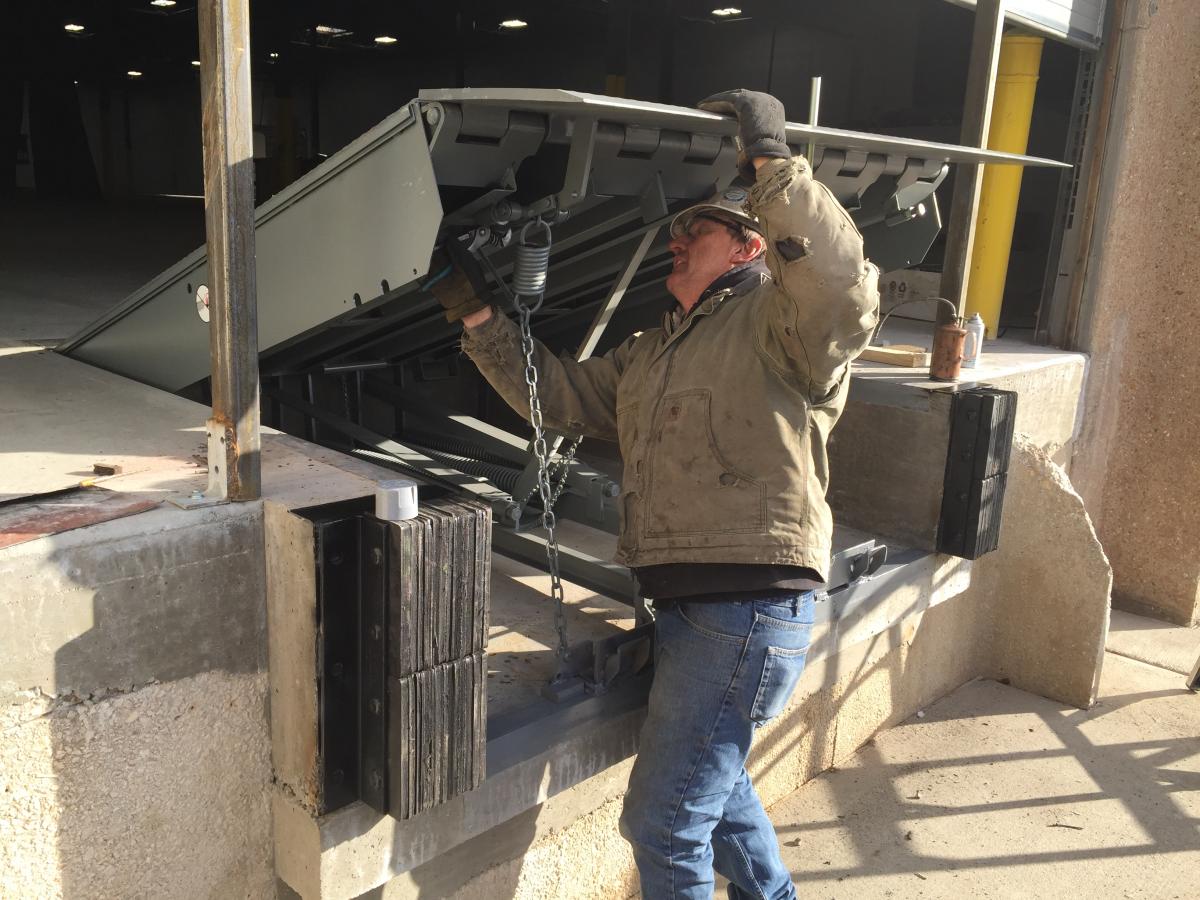Professional Insights on Lasting Dock Repairs Solutions
Professional Insights on Lasting Dock Repairs Solutions
Blog Article
Efficient Dock Repair Service Techniques: Making Sure Architectural Integrity
Making certain the architectural integrity of docks via efficient repair work methods is vital for the longevity and security of marine facilities. Consequently, selecting the appropriate fixing products, such as composite products and corrosion-resistant alloys, is crucial for toughness.
Assessing Dock Damages
Analyzing dock damages is an essential initial step in making sure the architectural honesty and safety of any docking facility. This initial analysis includes a thorough inspection to identify both surprise and noticeable problems. Key facets to check out consist of the dock's foundation, pilings, outdoor decking, and hardware. Each part should be looked at for indicators of wear, rot, rust, or various other forms of deterioration that might compromise the structural integrity.
Structural designers or certified inspectors usually execute these analyses utilizing specialized devices and strategies. As an example, underwater examinations might utilize sonar equipment or remotely ran lorries (ROVs) to spot submerged damage. Above water, aesthetic examinations are matched by using wetness meters and other diagnostic tools to reveal underlying concerns not right away noticeable to the nude eye.

Deciding On Fixing Materials
Selecting the ideal repair work products is a critical step in the dock repair procedure, one that directly affects the longevity and performance of the repaired structure. Material choice need to be driven by aspects such as environmental conditions, load-bearing needs, and compatibility with existing dock components. For example, timber is a traditional selection for docks because of its all-natural resilience and visual appeal. However, selecting the right type of timber, such as pressure-treated lumber or normally rot-resistant types like cedar or teak, is crucial to stand up to marine atmospheres.
In enhancement to timber, composite products are increasingly preferred because of their sturdiness and reduced maintenance requirements. Composites, normally made from a blend of plastic and wood fibers, provide exceptional resistance to rot, insects, and UV damage. For metal anchors, choosing corrosion-resistant alloys such as galvanized steel or marine-grade aluminum is important to prevent corrosion and guarantee structural integrity in saline water conditions.
Epoxy materials and marine-grade sealers are essential for fixing splits and securing joints, providing a water resistant obstacle and boosting the dock's total strength. By thoroughly selecting high-quality materials, dock repair work can accomplish lasting results, consequently protecting against future deterioration and guaranteeing safe, dependable usage.
Structural Reinforcement Strategies
Effective architectural support methods are essential in making certain the stability and longevity of dock repairs. This technique is specifically reliable for anchors exposed to heavy lots or rough environmental conditions.
Another necessary technique is the application of fiber-reinforced polymers (FRP) These products use high strength-to-weight ratios and outstanding resistance to corrosion, making them ideal for enhancing concrete or wooden anchors. FRP can be used in sheets or strips and bonded with epoxy materials to improve structural honesty.
Supporting and anchoring systems additionally play a critical function in structural support. Cross-bracing, using steel or wood beams, can neutralize lateral pressures, minimizing persuading and movement. Securing systems, such as helical piers or driven piles, supply a stable structure by transferring lots to deeper, extra steady dirt layers.
Finally, the integration of load-distribution plates can assist disperse weight a lot Going Here more evenly across the dock's surface area, reducing localized anxiety factors. These methods jointly guarantee that anchors stay durable and risk-free, qualified of enduring the roughness of their operational setting.
Advanced Repair Service Methods

Another advanced technique involves underwater welding, which allows for repairs to be conducted without the need to dewater the area. This method is particularly advantageous for addressing structural concerns in immersed dock parts, guaranteeing very little interruption to operations. Enhanced welding strategies, paired with robot systems, provide precision and integrity, therefore expanding the life expectancy of the dock.
Furthermore, cathodic protection systems are implemented to protect against deterioration in metallic dock structures. By making use of sacrificial anodes or pleased present systems, these techniques effectively minimize the electrochemical procedures that result in product degeneration.
Finally, advanced surveillance innovations, such as structural wellness tracking (SHM) systems, provide real-time information on the condition of dock frameworks. These systems allow proactive upkeep and timely treatments, eventually making certain the long-lasting structural honesty of the dock.
Maintenance and Prevention
Upkeep and prevention are basic ideas that underpin the longevity and security of dock frameworks. Routine inspections are vital, allowing for very early detection of deterioration, possible weak points, and ecological impacts. An aggressive like it method, entailing routine look for deterioration, rot, and structural changes, mitigates expensive fixings and extends the dock's functional life.
Safety nets need to include using safety finishings to steel components to defend against rust and utilizing cured wood to withstand degeneration. Additionally, guaranteeing appropriate water drainage and ventilation can stop water buildup, which is a common root cause of architectural destruction. Incorporating high quality products and adhering to producer guidelines throughout building and construction and repair phases also play vital duties in boosting durability.

Training personnel in dock upkeep ideal methods guarantees consistent application of preventive actions. Leveraging technical developments, such as drones for evaluations and sensing units for real-time surveillance, can additionally enhance upkeep efforts. By focusing on maintenance and prevention, dock proprietors can make sure structural honesty, operational safety, and cost-efficient administration over the dock's life expectancy.
Conclusion
In verdict, maintaining the structural stability of aquatic centers demands comprehensive dock repair work methods. Advanced fixing techniques, coupled with routine upkeep techniques, make certain the dock remains operational and risk-free under diverse environmental problems.
Making sure the architectural honesty of anchors via reliable repair techniques is paramount for the longevity and safety of marine facilities.Selecting the appropriate repair materials is a pivotal step in the dock restoration procedure, one that straight affects the long life and efficiency of the fixed structure.Effective structural reinforcement strategies are essential in making certain the security and long life of dock repair services. By prioritizing maintenance and prevention, dock proprietors can make useful link sure architectural stability, operational safety and security, and cost-efficient monitoring over the dock's life expectancy.
In final thought, maintaining the architectural stability of marine centers demands detailed dock repair work techniques.
Report this page